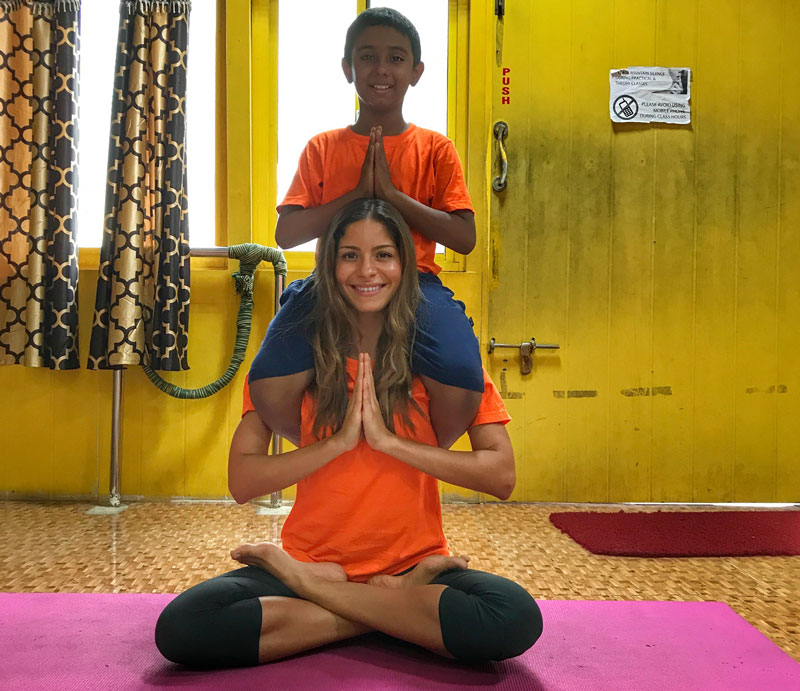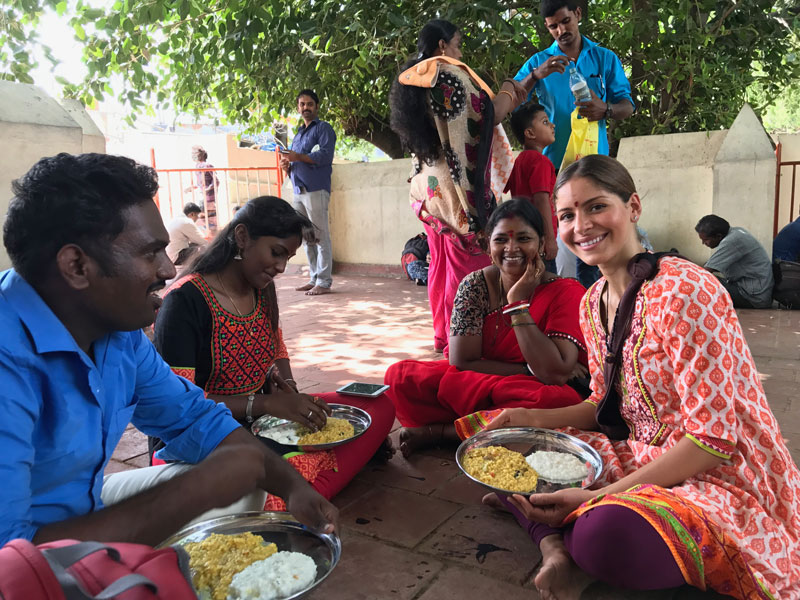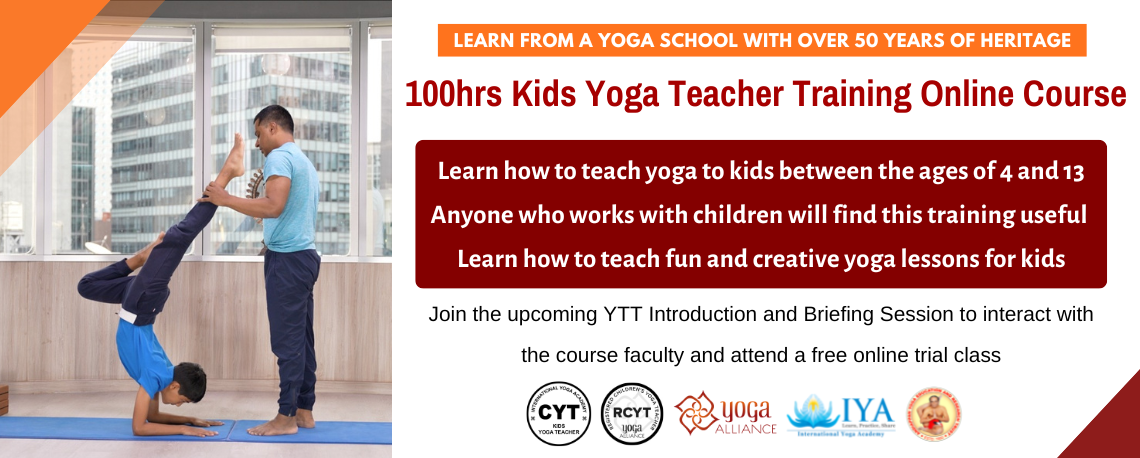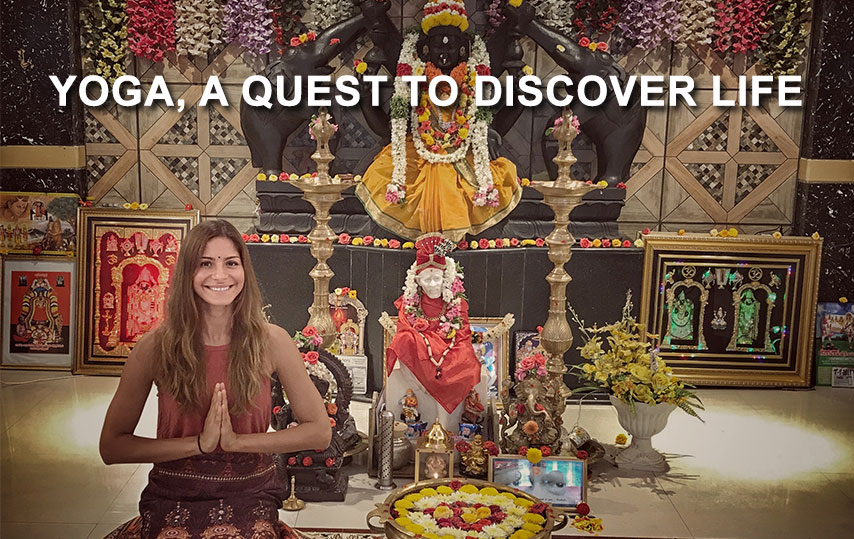Interview with Johanna Sambucini
Johanna Sambucini, is a down-toearth Dominican/Italian beauty embodying the heart and spirit of a true champion. On top of being a Fitness model, Integrative Nutrition Holistic Health Coach, Multi Style Yoga Practitioner & Teacher, an MBA Cum Laude Graduate, this pageant allstar, is truly bringing her moniker of “City of Dreams” to life, asana journal interviewed her about her yoga journey.
Tell us about your first yoga class experience?
The first Yoga class I took was in NYC at a studio called Yoga to the People about 6 years ago. I took a Hot Vinyasa Yoga class and I really enjoyed it, but at the time I didn’t really understand what Yoga truly was. I honestly considered it more of a workout class than anything else. I then started taking classes in different studios, with different instructors, trying new styles to see which fit me best. I started taking a couple of workshops and read books on Yoga so that I could get a Yoga, A Quest to discover life Interview with Johann Sambucini better understanding and deepen my spiritual and physical practice.
It took me 2 years to find the right style and teacher for me. I even talked to people to see what they recommended, until I found a little gem right in New York City: Dharma Yoga! There was something about this place that felt so special to me as soon I walked in the door. I realized I had found my Guruji. I remember I took a beginner class because I was so intimidated by Sri Dharma Mittra’s Master Class. I felt I wasn’t ready. But walking out of the studio after that class felt truly amazing. I felt grounded, happy and felt like I belonged there.

After 2 months of taking Dharma for beginners, I decided to take some private classes to work on my alignment and progress into inversions. After a few months I felt ready to try Sri Dharma’s Master class and boy was it challenging- but so amazing. Being in Sri Dharma Mittra’s presence was an honor. What I loved about his 90 minute asana class was that he incorporated challenging asana practice along with pranayama, yoga nidra and short discussions about raja yoga, which was something that a lot of yoga studios didn’t offer. At 78 he still continues to teach, demo some of his impressive postures and inspire individuals from all over the world.
I am currently finishing up his 500hr Teacher Training. Today I continue to practice a fusion of styles that incorporate Dharma Yoga, Ashtanga Vinyasa, Iyengar, Thirumoolar’s Ashtanga Yoga and Budokon (Yogic martial arts).
Tell us about a few teachers who have influenced your yoga journey the most?
I believe that as a yoga practitioner it’s important to practice not just one style of yoga but to branch out to other styles as well. Whether you want to work on your asana practice, breath and meditation through hatha, alignment focus and injury prevention from Iyengar, self discipline and physical challenge though ashtanga vinyasa, or energy power through Kundalini; each style of yoga offers amazing benefits.
I have done a few teacher trainings to deepen my personal practice and to learn more about other styles of yoga and its Gurus. I am a teacher but I will always be a student to further my knowledge.

Its hard to say which teachers have influenced my yoga journey because I have come across so many wonderful and inspiring individuals. Traditional Teachers such as Sri Dharma Mittra, Dr Asana Andiappan, and books I have read on BKS Iyengar and Pattabhi Jois have definitely influenced me, but also modern teachers such as Ana Forrest, Cameran Shayne and Kino McGregor.
Sri Dharma Mittra’s teachings have inspired me to work more on the spiritual side of yoga. His teachings are based on Raja Yoga, the importance of Karma Yoga and Purifying the Mind and Body through Asana, Pranayama, and Meditation. Dr. Asana Andiappan’s teachings are based on Thirumoolar’s Ashtanga Yoga which focuses on a therapeutic approach to Yoga through Asana, Naturopathy and Ayurveda. I absolutely love this practice because I believe that Yoga therapy will be the future of Yoga because of its holistic approach and the benefits it offers to individuals. I have already started to incorporate his methods into my personal practice and have offered it to some of my private students.
Being a yoga practitioner for many years what do you think is the most important element or principle a student should follow in their yoga learning path?
Non judgement, acceptance and patience. We live in a society where we tend to judge ourselves and others. When I first started yoga I was like this. I constantly judged myself for not being able to get into a pose, felt frustrated and compared myself to others. Sometimes it felt as if it was a competition in class, but the more I continued to practice, I realized it’s not about that. Its about loving yourself, accepting where you are in your practice, staying present, practicing self care and being patient.
As an Integrative Nutrition and Health coach, if one is a pure vegetarian, does it bring any particular benefits to their yoga journey?
Throughout my yoga trainings and my studies, I have been taught that our bodies thrive better on a vegetarian/ vegan diet and I believe it is true. I follow this principle. A plant-based diet is optimal for gut health. Its highly alkaline, nutrient dense, high in antioxidants, fiber, lowers inflammation, helps with weight loss, and is sustainable and helpful for the environment. As an integrative nutrition health coach, I don’t advise my clients to go on a “diet,” instead I teach them how to phase out certain foods and incorporate more greens, fruits and water in their diet. If they have a regular yoga practice, I also encourage them to eat more vegetables and less dairy.

What is the most practical way to practice and apply the principles of yoga off the mat?
Yoga is so much more than just a physical practice. It is a lifestyle and a way of living. It is a union of the mind, body and spirit. To help us get there, we must practice Raja yoga, also known as Ashtanga yoga or the eight limbs of Yoga.The eight limbs are: Yama, Niyama, Asanas, Pranayama, Pratyahara, Dharana, Dhyana and Samadhi. These 8 concepts are designed to act as guidelines to help practitioners live a more disciplined and purposeful life. Most of these concepts can be practiced off the mat and into our daily life. For example, the first limb, called Yama, focuses on the ethical codes of how we conduct ourselves in life and gives us a sense of integrity in order to reach balance, health and well-being.
Practicing compassion and nonviolence towards all living things, truthfulness, non stealing, a sense of control and non hoarding are things we can practice mindfully in our daily lives – through our actions, words and thoughts.
Compassion and communicating honestly are two things I always apply into my life and would recommend to everyone. Once we achieve this balance and purification, we can move on to the next limb until we reach the ultimate goal which is the state of enlightenment.
Are Pilates and yoga asana practice the same?
Pilates is a method of exercises created by Joseph Pilates. It consists of low-impact exercises geared towards muscular strength, balance, postural alignment, and core strength.
Pilates and Asana are not exactly the same, however both work well and go hand in hand together. There are some similarities. Breath work, flexibility-based poses, movement and toning are involved in both.
Some postures, such as Navasana for example, are used in Pilates as an exercise called ‘the hundred’, whether the legs are in table top position or extended out 45 degrees as an advanced Pilates transition. Just like yoga, every pose or movement in Pilates is designed for a specific need and purpose. One main difference is that Pilates also incorporates machine/based exercises such as the Reformer, Cadillac and Wunda Chair.
If one wants to improve t h e i r immune a n d general health, name a herb that is widely available and the best way to use that herb?
Echinacea! It is my go-to herb when I feel like I’m catching a cold, when I’m traveling, or when I need an immune boost. Echinacea is a traditional herbal remedy native to North America. It has significant therapeutic properties that help combat cancer, alleviate pain, is antiinflammatory, helps fight infection and is a mild laxative.
Echinacea can be found easily and is very affordable. But just like any other herb, even though it’s natural, precautions should always be taken. Echinacea is not recommended for those who have serious allergies. Pregnant women and breastfeeding mothers should also use it with precaution.
Being a Multifaceted yoga practitioner, what do you think are the most important qualities for a yoga teacher?
A love for yoga is definitely a must. I believe having personality, energy, respect, being prepared, confidence without ego, and the ability to connect with your students are very important qualities to have as a teacher. These help students feel comfortable and challenged in a positive way, as well as give credibility to a teacher.
Other important characteristics for a teacher to have are being able to effectively communicate and demonstrate a pose safely, the practise of awareness and understanding the limitations and abilities of the student.
What challenges do you face when you teach yoga to a raw beginner and to an experienced practitioner?
When I teach beginners, I always try to simplify my cues and teach transitions as simply as possible. I find sometimes teaching breathwork to a raw beginner is difficult since their mind tends to be all over the place. They are already focusing on holding the pose, listening to anatomical cues, breathing, balancing and staying present.
When I work with someone who is experienced, the challenge I find is during teaching specific inverted postures that I cannot demonstrate due to injury. When this happens I explain how to get into the posture and ask another student to demo it for me.
Tell us about your yoga journey in India?
I have travelled to India 3 times for Ayurveda and Yoga and I can’t wait to go back to further my studies. Living and studying Yoga in South India for a month is something I’ve always wanted to do to get a deeper understanding of Yoga and to further my studies.
Not only did I get to practice and learn authentic and traditional yoga, but I also came to learn about a style of yoga that was very foreign to me. Thirumoolar’s Ashtanga Yoga with Guruji Dr. Asana Andiappan focuses on Hatha Yoga and the therapeutic effects yoga has on the body- along with incorporating naturopathy, Ayurveda, Pranayama, Kriyas, Yogic Diet and living by the 8 Limbs of Yoga.
I feel very blessed and fortunate to have had the opportunity to learn and study with Guruji Dr Asana Andiappan, Master Raja, other Yoga Therapists, Ayurvedic Doctors, and with a beautiful family dedicated to the authentic lineage and their efforts to continue to promote Yoga and naturopathy to students all over the world. I am looking forward to passing on the knowledge I have learned!


















 Other
Other